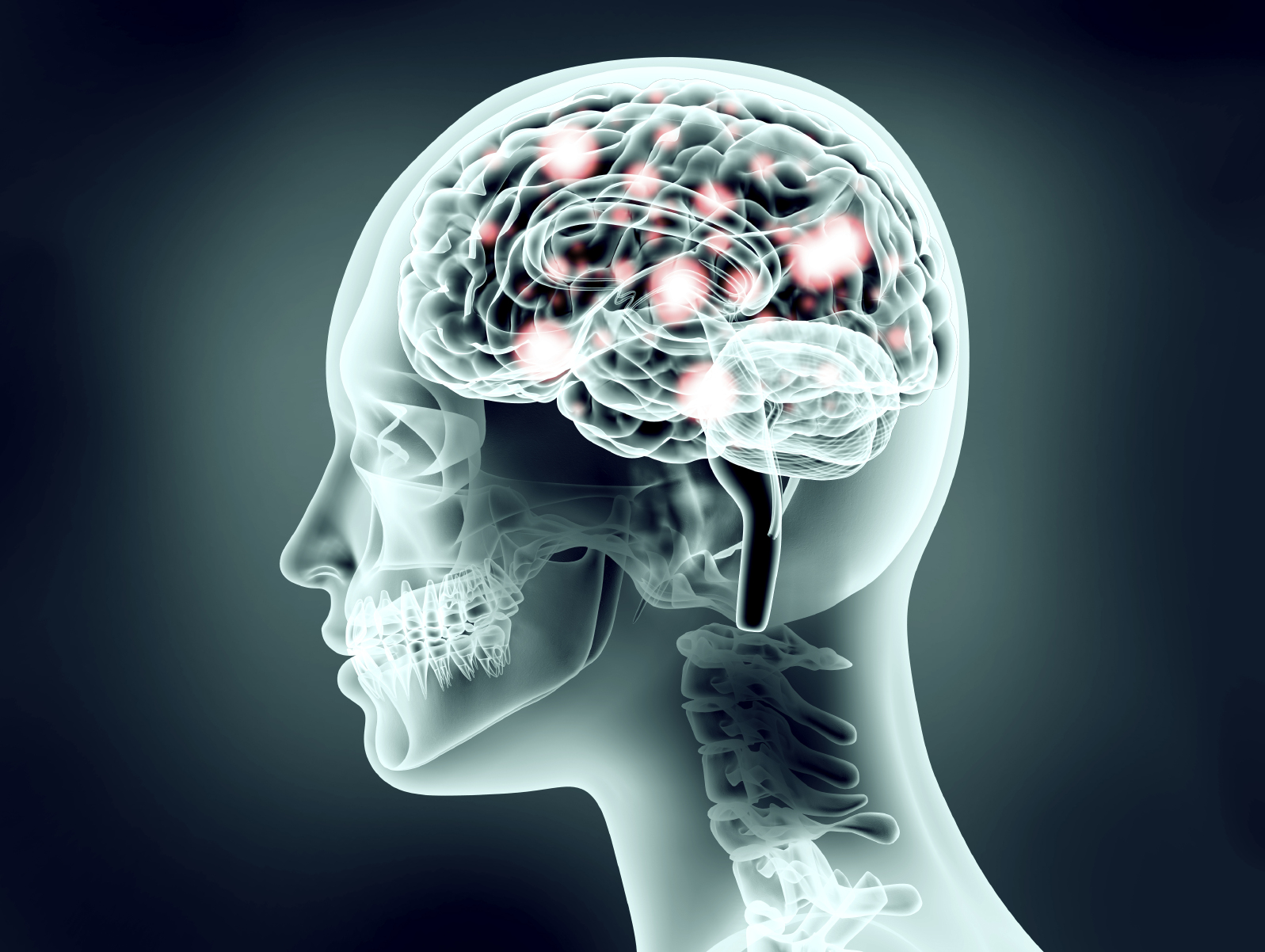Non-drug approaches show promise against Alzheimer’s

Two new non-drug approaches to treating Alzheimer’s disease have shown promise in mice, with one set to begin first trial in humans.
Both technologies use direct stimulation of the brain to break up the small protein aggregates, amyloid oligomers, that are thought to be primarily responsible for the disease.
The first device is the NeuroEM 1000 - worn on the head and providing transcranial electromagnetic treatment (TEMT) to the entire brain. The device is being developed by Banner Sun Health Research Institute and Banner Alzheimer’s Institute in Phoenix, and a two-month phase 1 trial will now investigate its effects in humans, after promising results in mice.
The researchers say pre-clinical studies carried out by NeuroEM Therapeutics showed the technique could prevent and even reverse memory loss in mice.
As well as targeting the amyloid plaques, the technology also increases the low energy production of Alzheimer’s-diseased brain cells by increasing their mitochondrial function - as mitochondrial dysfunction is another key event responsible for Alzheimer’s development.
The trial participants receive their treatment at home by wearing the NeuroEM 1000 device twice daily for one-hour treatments at a time. Hospital or clinic visits are therefore unnecessary.
Effective medicinal treatments for Alzheimer’s disease are few and far-between with over 100 drugs failing in clinical trials in the past 15 years. Although companies such as Biogen, Lilly and AstraZeneca are pursuing an elusive medicinal breakthrough, attention is turning to non-pharmacologic interventions as a means of effectively treating Alzheimer’s.
"We are very pleased to have two of the country's most notable and trusted Alzheimer's research institutes performing this first-of-its-kind clinical trial," said Dr Gary Arendash, President and CEO of NeuroEM Therapeutics. "Although the phase 1 trial is primarily to investigate safety of the TEMT head device, a number of measures have been included in the trial's design that could provide evidence of therapeutic efficacy."
The trial is expected to complete by Spring 2017. Trial results will be made available thereafter.
Meanwhile a rival technology has reached a similar stage of development.
Li-Huei Tsai, a neuroscientist from the Massachusetts Institute of Technology (MIT) has used light to induce a particular pattern of brain waves in mice that develop Alzheimer’s disease. This produced a doubling in microglia, the immune cells in the brain that consume waste and debris. These then increased their consumption of beta-amyloid protein.
The researchers devised a non-invasive light method, which involves shining LED lights at into the eyes of Alzheimer’s mice, the light flickering at a precise 40 hertz. This frequency was shown to halve beta amyloid in the brain’s primary visual cortex compared to mice in the control arm.
The study found that mice treated for one hour for seven days, saw their load of harmful plaques reduced by about 60%.
The work was published in Nature and MIT has licensed the technology to a start-up company, which is currently communicating with the FDA with a view to beginning clinical trials as quickly as possible.












